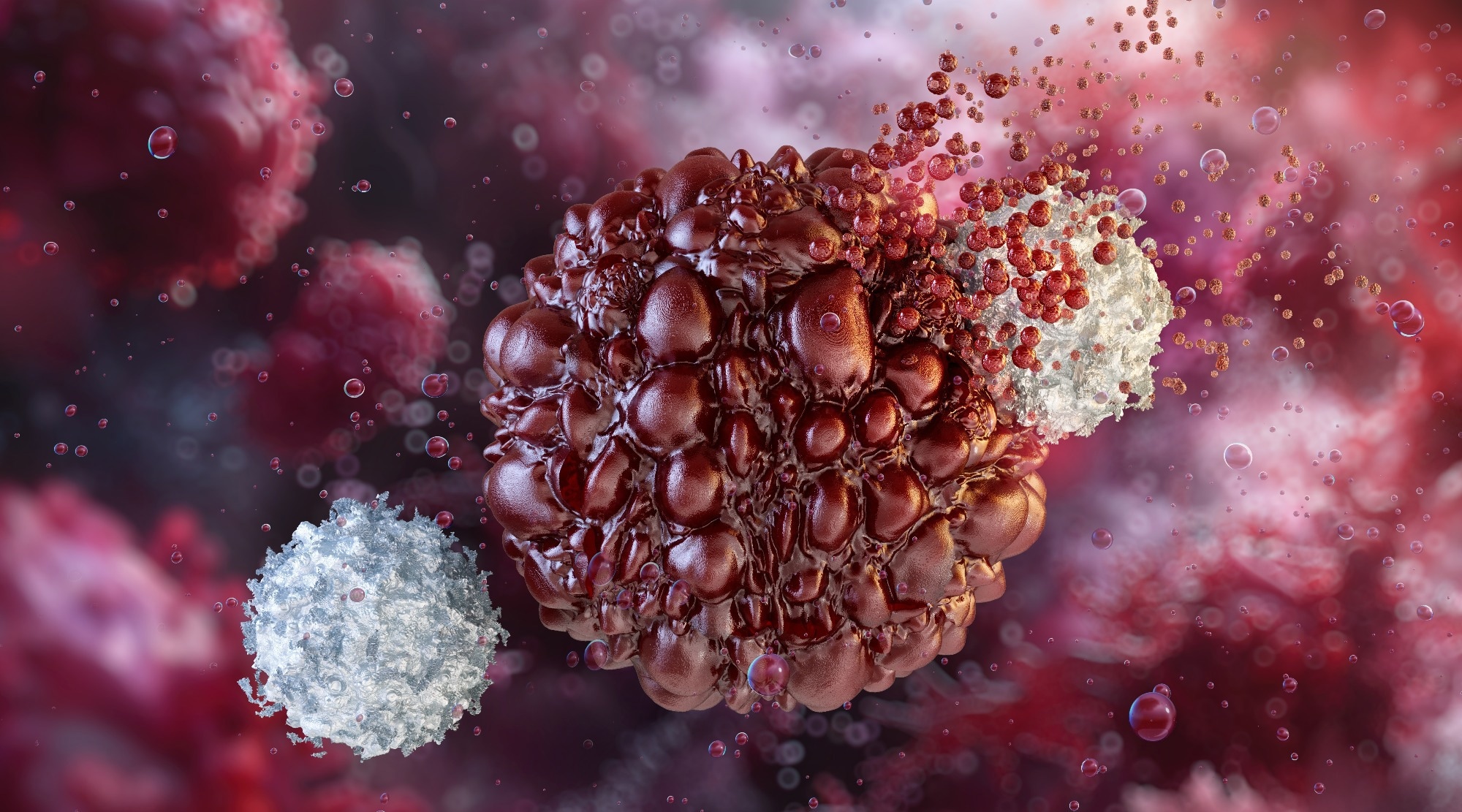A new peptide-based nanotube treatment sneaks chemo into drug-resistant cancer cells, providing a unique workaround to one of oncology’s toughest hurdles.

Image Credit: Corona Borealis Studio/Shutterstock.com
CiQUS researchers have developed a novel molecular strategy that allows a chemotherapy drug to enter the nucleus of tumor cells and exert its therapeutic impact, even in drug-resistant cancers. Their findings were published in ACS Applied Materials and Interfaces.
The study focused on doxorubicin, a commonly used chemotherapy drug. Prolonged treatment with this drug frequently results in the formation of resistant cells, which causes substantial difficulties in clinical use that the new approach successfully addresses, while maintaining the drug’s antitumor efficacy.
The technique is based on a simple but powerful concept: cyclic peptides (small amino acid rings) can stack and self-assemble into hollow cylindrical structures (nanotubes) on the surface of cancer cell membranes.
The molecular-scale drug delivery, created by a team led by Juan R. Granja, binds doxorubicin to these peptides and transports it to the cell nucleus via a mechanism that bypasses common drug resistance pathways, such as efflux pumps. This enables the drug to circumvent the cellular resistance mechanisms that typically render it ineffective.
Cancer cell membranes contain more negatively charged lipids than healthy cells. The cyclic peptides used in this study have a high affinity for these anionic surfaces, facilitating their interaction with tumor cells. Consequently, the peptide-drug conjugates enter resistant cells and go to the nucleus, where doxorubicin intercalates with DNA to produce its cytotoxic impact.
Critically, the efficacy of this delivery method depends on the structure of the cyclic peptide, particularly the inclusion of hydrophobic alkyl chains of specific lengths. Experimental research indicated that the chemical structure of the cyclic peptide is critical for the creation of stable nanotubes, which improves their capacity to penetrate malignant cells.
Drug resistance remains one of the most significant challenges in cancer therapy. Many tumors evolve systems to actively evade drugs, significantly reducing the efficacy of existing treatments. In this situation, cyclic peptides serve as multifunctional delivery vehicles, both enhancing uptake and shielding the drug from premature expulsion from tumor cells, allowing doxorubicin to enter cells that would otherwise reject it.
This technique, which combines selectivity, effective transport, and controlled drug release, opens the door to novel combination chemotherapies in which peptide-based nanotechnology might be a potent ally against cancer. Laboratory studies showed that versions of the peptide with ten carbon alkyl tails were the most effective, both in penetrating drug-resistant ovarian cancer cells and delivering doxorubicin to the nucleus.
The scientists anticipate that this method could spur the development of novel treatment techniques for difficult-to-treat tumors.
Journal Reference:
Vilela-Picos, M. et.al. (2025). Self-Assembling Cyclic Peptide Nanotubes for the Delivery of Doxorubicin into Drug-Resistant Cancer Cells. ACS Applied Materials and Interfaces. doi.org/10.1021/acsami.5c05264.